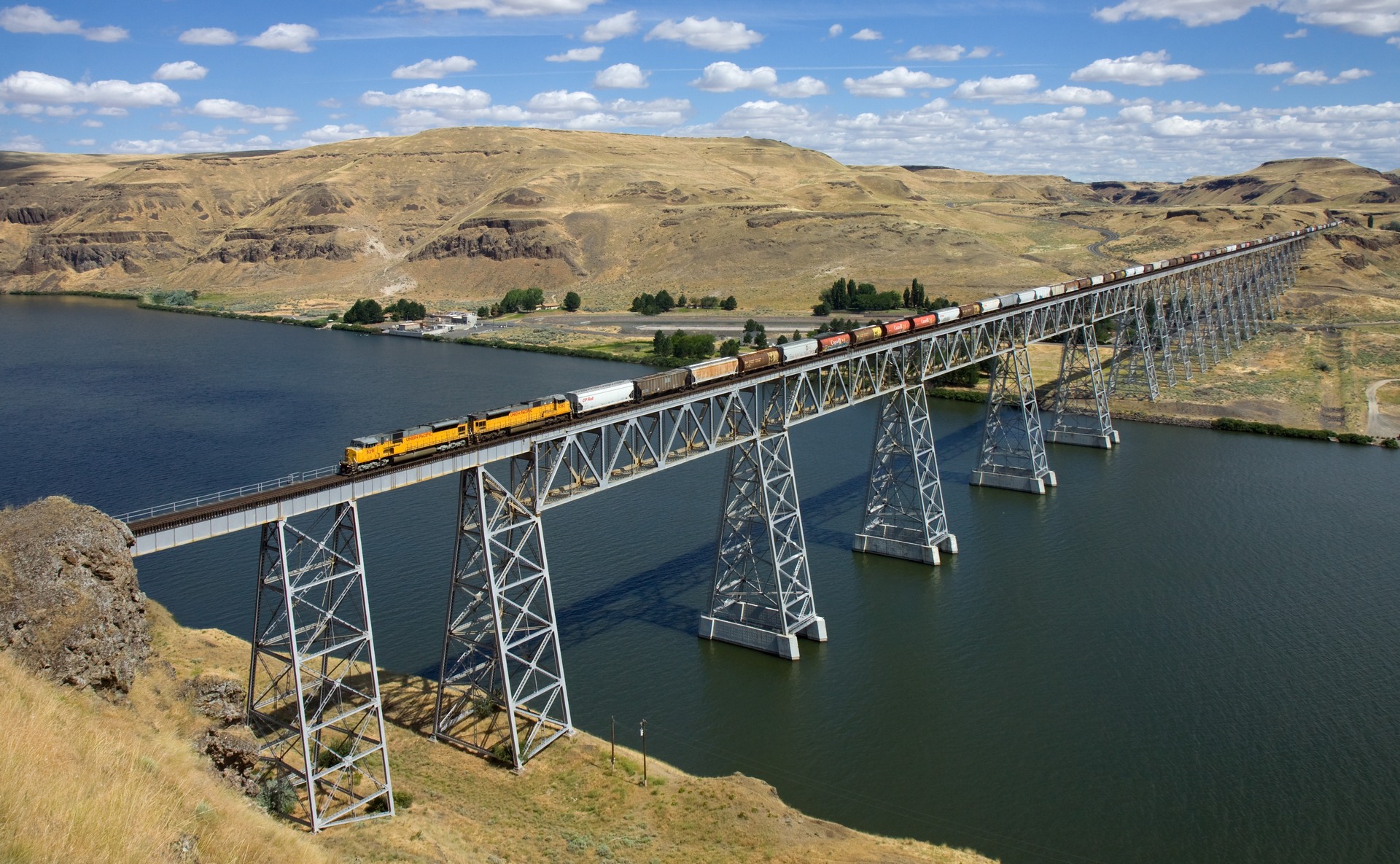Author | Jaime Ramos
The entire world has witnessed the economic impact of the health crisis in the form of global shortages of goods and supply chain disruptions. A phenomenon that is leading to changes in the criteria followed in the transportation of goods.
Cities are only seeing the consequences of this crisis in the form of lack of supplies and price increases. This is because transport costs in general, but particularly maritime transport costs, have increased. According to The Financial Times, the price of shipping a 12-meter container has multiplied by ten since the pandemic, and now costs almost $10,000.
Given this situation, smart solutions need to be explored as soon as possible in the transportation sector, a sector in which intermodal and multimodal shipping are more important than ever.
What is intermodal transportation?

The Transport Agency of the Council of the European Union, integrated in the International Transport Forum defines intermodal transport as "the movement of goods in one and the same loading unit or a vehicle by successive modes of transport without handling of the goods themselves when changing modes".
Advantages of intermodal transportation
There are a number of advantages to intermodal transportation:
- Greater speed in operations as a result of shipping a single loading unit.
- It helps improve tracking, a value gaining popularity thanks to recent technological instruments, which also enables processes to be implemented though mass data processing.
- It is more sustainable. As it focuses on increasing efficacy, it also results in reduced emissions, reduced costs from streamlining the supply chain and a longer vehicle service life.
- It is safer. As the containers are sealed, it offers minimum guarantees in the event of loss, theft or damage.
What is multimodal transportation?
Multimodal transportation is a type of intermodal transportation. The idea involves the use of various modes of transport by a single operator in a door-to-door process.
Advantages of multimodal transportation
- Greater security. It is much easier to determine responsibility in the event of theft or damage. A single operator assumes the responsibility. This is an extremely important factor to alleviate losses. According to the Transported Asset Protection Association, in 2020 the logistics sector recorded losses in excess of 172 million euros.
- Coordination and tracking. Simplifying procedures in a single contract process facilitates tracking.
- Efficiency and cost savings. It results in greater efficiency and, therefore, lower costs and environmental impact depending on the means.
What is the difference between intermodal and multimodal transportation?

While intermodal transportation focuses on the loading units as the beneficial aspect, multimodal transportation is a derivative that combines various modes of transport under a single contract.
To illustrate the difference, let us simplify the situation with an example in which the loading unit is a family wishing to travel from Beijing to a remote village in Tyrol in Austria. With the intermodal method, the family could travel by car using a single mode of transport, or alternate a flight to Vienna, reserve a train ticket and purchase a bus ticket at the station to reach the destination. All of this without any member of the family travelling separately.
Using the multimodal form transport, the same passenger would use a travel agency to arrange all the routes in the most efficient and safest way possible and without the family having to worry about transfers or having to find another option should, for example, the flight be cancelled.
Of course, the logistics sector involves much more complex operations than this example. The positive aspect is that, both intermodal and multimodal transportation can adapt to the requirements of each agent.
Images | Wikimedia/Kabelleger-David Gubler, Wikimedia/Diego Delso, delso.photo (CC-BY-SA), Wikimedia/KamuiZero






















































